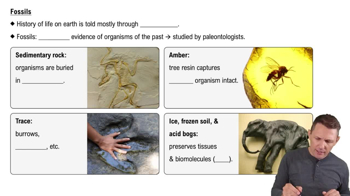The oxygen revolution changed Earth's environment dramatically. Which of the following took advantage of the presence of free oxygen in the oceans and atmosphere?
a. The evolution of cellular respiration, which used oxygen to help harvest energy from organic molecules
b. The persistence of some animal groups in anaerobic habitats
c. The evolution of photosynthetic pigments that protected early algae from the corrosive effects of oxygen
d. The evolution of chloroplasts after early protists incorporated photosynthetic cyanobacteria





